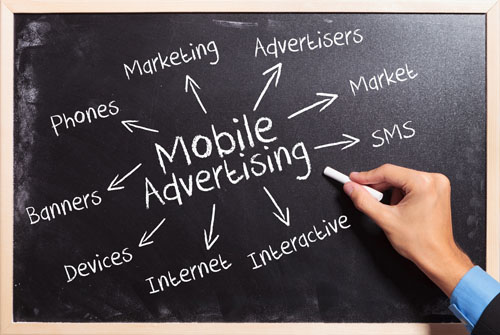Over the years, smartphones have gone from being a novelty in the hands of early adopters to almost uniformed ubiquity among U.S. consumers, and advertisers have taken note. In fact, many have increased their mobile advertising spend to ensure that when their customers are on the go, so are their ads.
According to the most recent Total Audience Report, about 167 million consumers use apps and the web on their smartphones with users checking their phones about 150 times a day.

Reaching the right consumers, however, may pose unique challenges for marketers, as smartphone adoption rates differ between demographics. For example, Asian/Pacific Islanders and Black African-Americans have adopted smartphones at a higher rate than most groups at 86% and 83%, respectively. Following, are Hispanics at 82%, Native Americans at 81% and non-Hispanic whites at 75%.
But within the larger population of mobile users, there are other subgroups that will use mobile differently. According to research provided by Facebook, mobile may be a lifeline to the rest of the world for new parents. Consider this: New parents spend 1.5 times more time on Facebook’s mobile app than non-parents. Generally, by 7 a.m., 56% of new parents who are on mobile have visited their Facebook page for the first time in the day—compared with 45% of non-parents.
So, what are brands doing to get to know, and ultimately, more effectively reach their mobile consumers?
During the panel, the group discussed and shared some examples of how their brands are connecting with mobile users and shared their strategies for optimizing ads to fit these new screens.
Facebook’s Leach spoke of cross-platform strategies and the success of these strategies in increasing the reach and efficiency of ad campaigns. According to a Nielsen study commissioned by Facebook, using Facebook to complement TV advertising led to an increase in incremental reach of 10 million viewers, a substantial 20% lift.

Subramanyam discussed the different ways iHeartRadio, which connects across multiple platforms including smartphones, tablets, in-dash, on wearables and others, delivers tailored ads to its users. As she explained, music is native in the mobile-first universe with radio having the greatest incremental gain in mobile-only unique visitors. From large, high-impact takeover ad units to smaller visible ads that are organic to the user experience, the company can guarantee that its ads will be visible as users navigate through the app.
Heredia concluded by pointing out that a new screen means a new experience. As the technology changes, brands cannot use the same ideas and creative for mobile that they use for television and online advertising. Savvy advertisers are tailoring their logos, images and videos to ensure they fit any and all mobile devices and are responsive as screens change size.
Having data that helps brands determine its key demographics and having the ability to track video and ad reach can really help advertisers understand the success of their ads and help them create successful ad campaigns in the future.
Mobile has, without a doubt, changed the way brands interact with consumers. As mobile devices have become part of our everyday lives, brands now have the opportunity to reach new consumers almost anytime and anywhere. Brand marketers are only scratching the surface in understanding the magnitude of the mobile opportunity and how, with the right engagement tools and measurement solutions, they can use the mobile medium to influence consumers’ brand opinions and potentially improve their return on investment.
(Fuente: Nielsen Newsletter)
